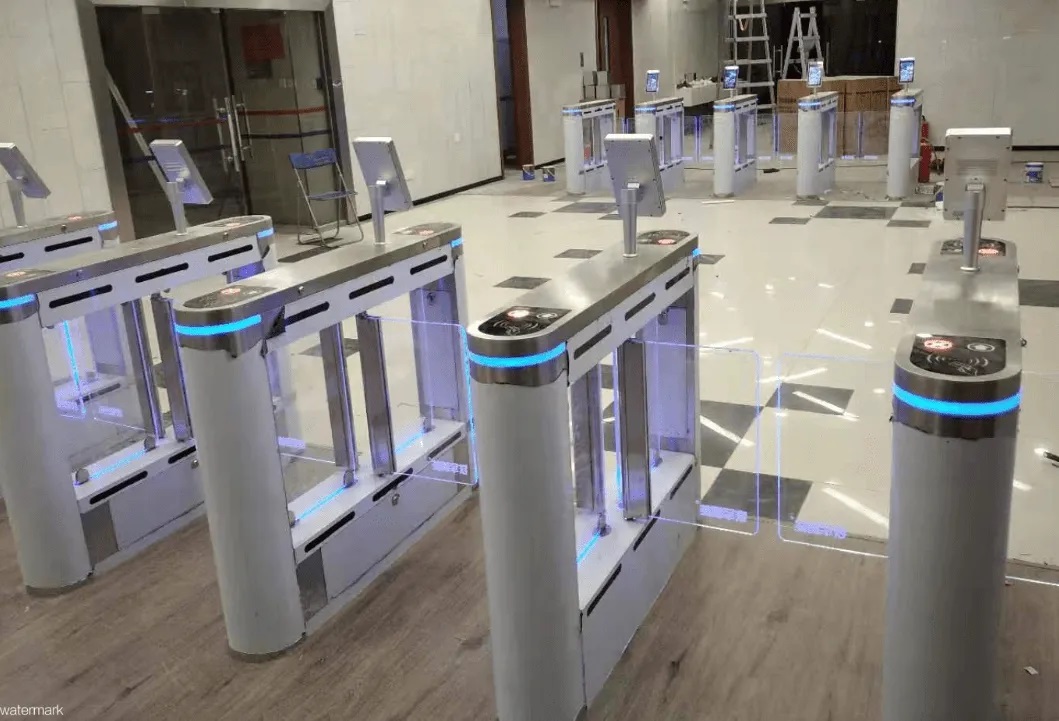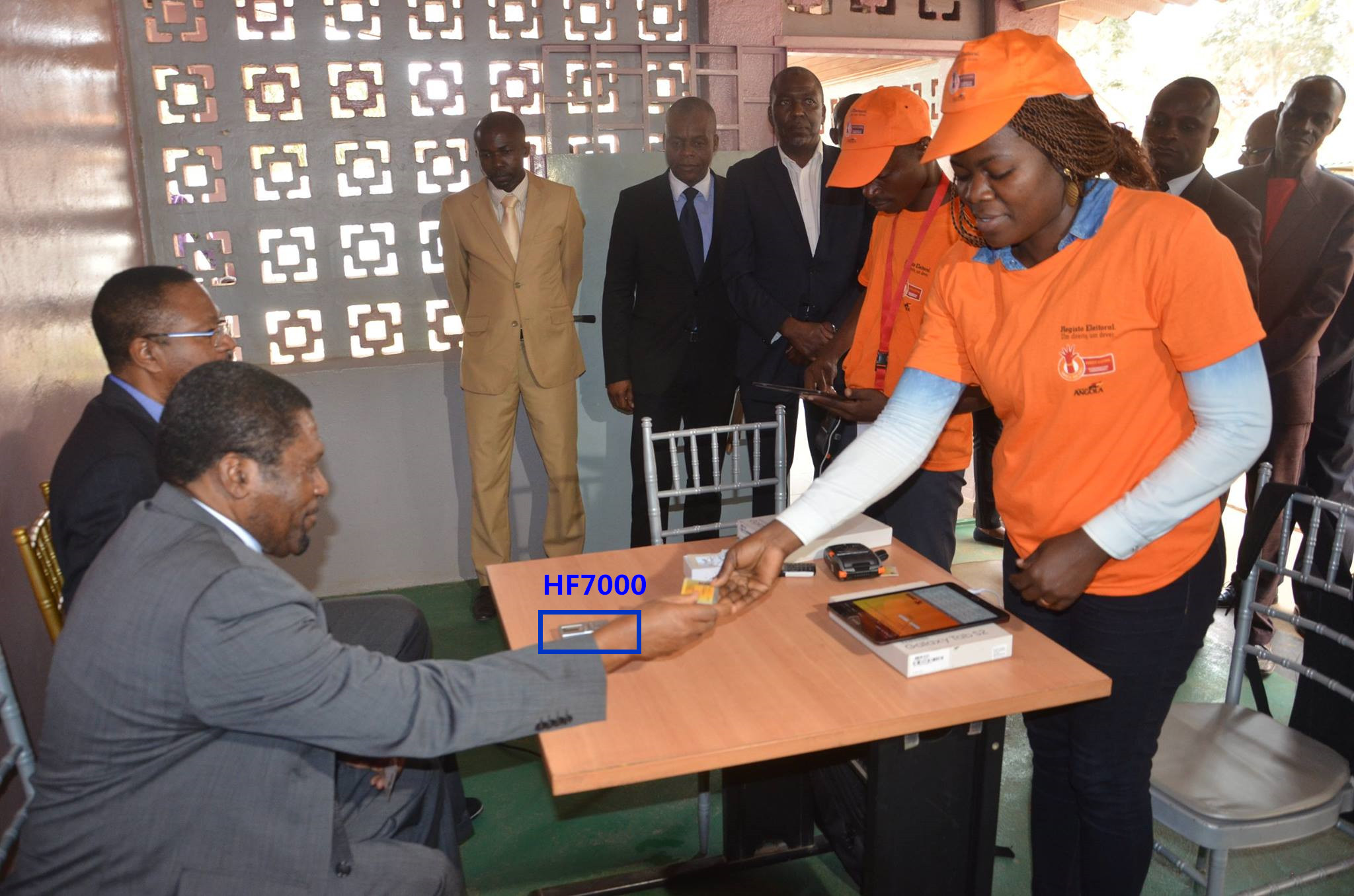Since the birth of the biometric recognition system, the fingerprint has been the most reliable one in the world. Many law enforcement agencies, banks, institutions and private organizations choose fingerprint biometrics over other modes. But, as biometrics come into being, more and more biometric technologies have come into being.
Among them, the most important ones are face recognition, iris scanning, and speech biometric. Recently we have been hearing many new things about Face Recognition vs. Fingerprint. So, we’re going to try to figure out what’s different from what we do with a fingerprint.

Face Recognition VS. Fingerprint Recognition
1. Accuracy: Fingerprint identification is a very reliable system for measuring accurately. However, it also has a number of shortcomings, and it does not perform a perfect analysis in a few situations, such as a harsh environment. Dirt and grease on an employee’s finger is quite common in this kind of situation. Additionally, if one’s finger is injured, he will surely be in deep water.
There’s a different way of dealing with face recognition. It analyzes from multiple aspects including the placement of eye, cheeks, ears etc that brings the lowest error rate in this modality. Moreover, it has recently gained popularity worldwide and has been adopted in a number of countries, including USA, Canada, China, Australia and so on.
2. Distance: The subject must be in contact with the equipment that will be registered in the Fingerprint Recognition System.
Subject will stand close enough to be entered into the Face Recognition System.
3. Agreement: In the Fingerprint System, persons will be registered on their own accord. Entry will occur as soon as they touch the device.
In Face Recognition System, people can be registered in this process even without their permission.
4. Contact: Fingerprint recognition is a contact-based solution where people need to touch the device to be registered.
Face recognition system is a noncontact solution. It doesn’t need any contact from the subject.
5. Usability: Most of the time, fingerprint recognition is used in the process of verification and identification, just like it would be done in school, university, or office.
6. Unique: Fingerprint identification has high distinguishing features and uniqueness. They won’t compare, not even the twins.
The face recognition system can be confused in case of the twins.
7. Stability: High stability and persistence of fingerprint techniques, no matter their age. Facial recognition can’t compare to a fingerprint.
Subject Details: Due to the relatively small size of the scanning section, the size of the fingerprint has a low level of detail. Face recognition, on the other hand, has a high exposure rate because of the face.
8. Essentiality: Fingerprint technique is of great importance in identifying and authenticating.
Face recognition is of great importance for surveillance and public applications.
Facial Recognition Deployment
It is safe to assume that it is just the beginning of the biometric era. The application of face recognition is constantly increasing around the world. Airports in the most advanced countries have already adopted this technology to speed up the migration process and make it more secure.
It is very convenient and cost effective too.
The top examples of facial recognition deployments are including:
Facial attendance in office.
Facial recognition access control at airports.

Face recognition access control use in office
Fingerprint recognition is an old-fashioned approach, but it is still very efficient. Over the years, this technique has been used in a number of countries to catch criminals, set up a national database, and make your gadgets more secure.
The top examples of fingerprint recognition deployments are including:
Election project.
National identification database.
Bank Projects.

FBI bluetooth fingerprint scanner use in Angolan presidential election project
Conclusion:
So, what we can see from this discussion is that there are pros and cons to the recognition system as well as its drawbacks. They suit in different areas and one can’t be another’s replacement.
Although it has been in the hands of law enforcement agencies for decades, it has become a new form of mass surveillance in recent years.
It’s safe to say that in time, both of them will become more advanced and flawless, given the constant increase in demand across the globe.


